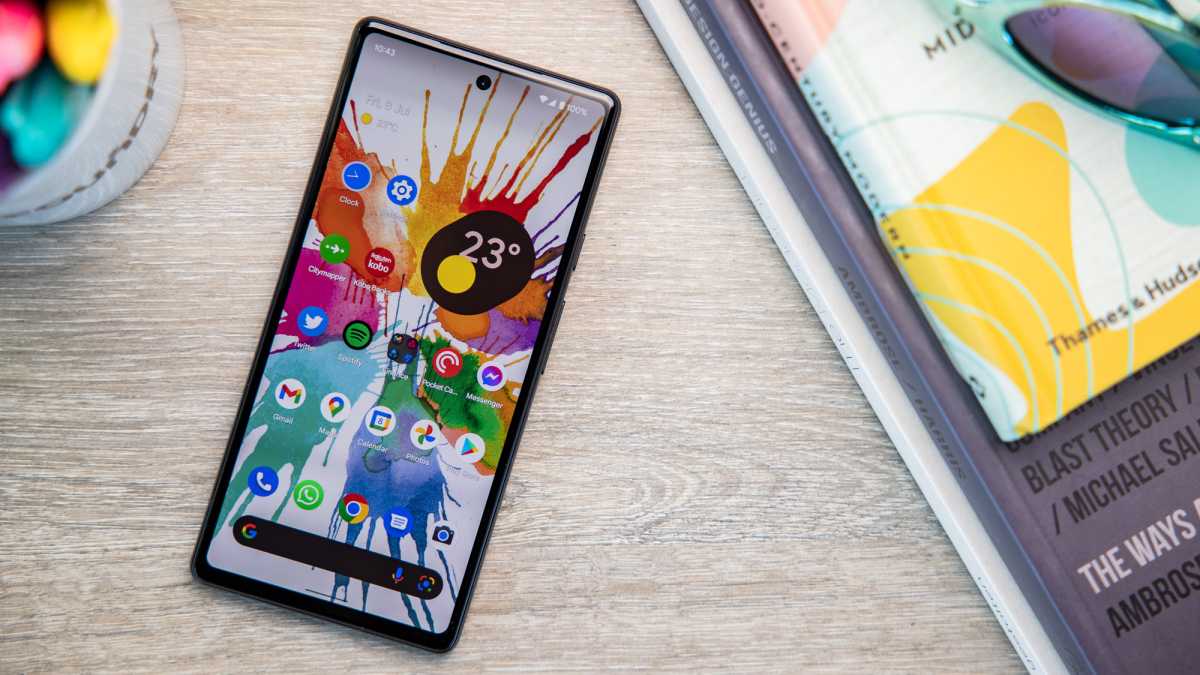Since the launch of the first Pixel phone in 2016, Apple and Google in the have been in a perpetual features-based arms race as to what their smartphones can offer their customers. While this is exceptionally prevalent in the flagship devices such as the iPhone 13 Pro Max and the Pixel 6 Pro, the two companies are also in a continuous dogfight to control the mid-range market with their respective “budget” handsets, the $429 iPhone SE and $449 Pixel 6a.
There are plenty of admirable traits to be considered with the current iPhone SE, most notably its A15 Bionic processor that edges out the Google Tensor processor found on the Pixel 6a. Still, Apple may need to take a long, hard look at its offerings for its budget smartphone and gauge the best ways to keep up in the entry-level market. Here are five Pixel 6a features we’d like to see Apple borrow for its next-generation iPhone SE.
A dual camera
Sometimes it just comes down to numbers. Google has found a way to include two cameras on the Pixel 6a, a 12MP wide-angle lens and a 12MP ultra-wide camera, while the iPhone SE has a single 12MP Wide camera. It takes fine pictures, but with just a single camera, the iPhone SE is very limited. A second camera would allow features like Cinematic Mode, proper portraits, and just better all-around shots that the current iPhone SE just can’t get.

The Google Pixel 6a has two cameras hiding in its stylish bar.
Dominik Tomaszewski / Foundry
Night mode
Speaking of the camera, one of the iPhone SE’s biggest limitations is its lack of Night mode due to its reliance on older camera hardware. Night mode is easily the most significant new camera feature of the past five years, and if Google is putting it on its cheapest Pixel, surely Apple can too. You shouldn’t need to spend $700 and up on an iPhone just to take decent photos in low light.
More storage
You can never have enough storage in your phone, and Google simple has Apple beat here. While the current iPhone SE has more options than the 6a (64GB, 128GB, and 256GB), Google has managed to get an impressive 128GB of storage space in its entry-level smartphone, which is pretty compelling to any prospective buyer. Apple’s entry-level iPhone SE may start at a price that’s $20 cheaper than the Pixel 6a, but that extra 64GB of storage to bring it up to the Pixel 6a’s 128GB of storage will run buyers an extra $50. We’d like to see the next model level the playing field without upping the price.

The Pixel 6a’s OLED display makes the iPhone SE’s 4.7-inch LCD look ancient.
Dominik Tomaszewski / Foundry
A bigger OLED screen
The iPhone SE’s LCD display is hardly a deal-breaker, but it’s hard not to look at the Pixel 6a’s impressive OLED screen with envy. Apple has used OLED displays on the high-end iPhones since the days of the iPhone X, and as such, the current iPhone SE feels as if it’s being assembled from leftover parts. If Google can find a way to incorporate a 6.1-inch OLED display into its budget smartphone, surely Apple can as well.
An in-display fingerprint sensor
We’ve heard rumors for years that Apple is working on a fingerprint sensor that rests under the screen, but it’s yet to materialize on any device. The Pixel 6a is one of countless Android phones to feature the tech, and the next iPhone SE, which will presumably have a new design that ditches the Home button, would be a great time to unveil it. On the Pixel 6a, it’s convenient and packs the kind of utility and the kind of feature that would make the iPhone SE more attractive to buyers. Putting Touch ID in the power button like the iPad Air and mini would be fine, but an in-display sensor would truly elevate the SE.



